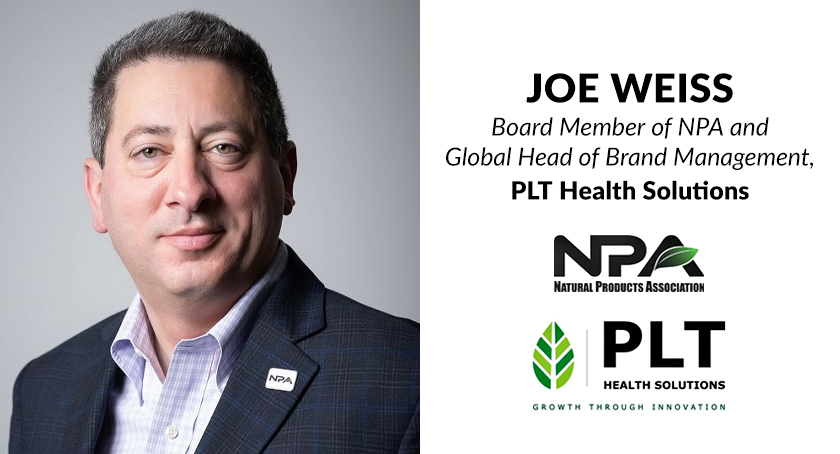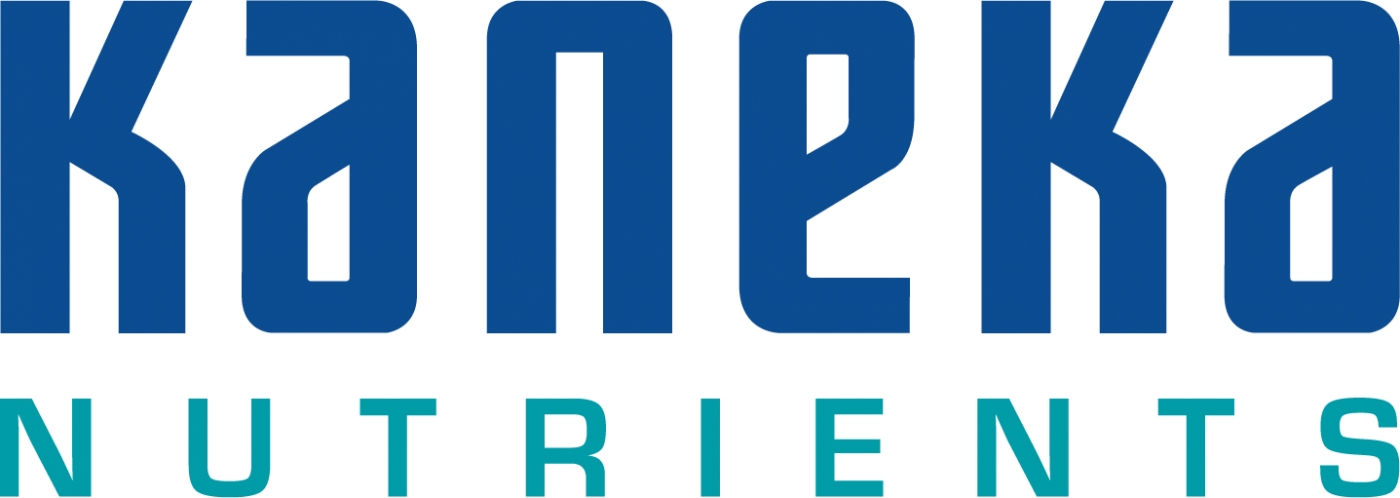Market Updates
IFIC: Survey Reveals Massive Shift in U.S. Food Habits Following Pandemic
85% of Americans have made at least some change in the food they eat or how they prepare it.

By: Mike Montemarano
Associate Editor, Nutraceuticals World

According to the International Food Information Council’s (IFIC) 2020 Food and Health Survey, sweeping shifts in the way U.S. consumers purchase and prepare their food, with 85% reporting at least some change in their eating habits.
In addition to capturing the trends sparked by the pandemic, IFIC used the 15th consecutive survey to cross-reference how consumer perceptions, beliefs, and behaviors around food and nutrition may have changed over the course of the past decade. Long-term trends indicate a growing emphasis on the healthfulness of diets, while, in the shorter term, an increasing amount of Americans following a specific diet or are concerned about environmental sustainability has increased.
The results of this survey were derived online from 1,011 Americans between the ages of 18 and 80, over a week spanning April 8 to April 16, and results were weighted to reflect a survey of the population conducted in 2019.
In terms of the impact of COVID-19, 85% of Americans have reported some type of change, the biggest being a whopping 60% of Americans reporting that they cook at home more than before. 32% of respondents also said they are snacking more, 30% are washing fresh produce more often, and 27% are thinking about food more than usual.
A separate IFIC survey conducted in May found that some changes might already be dwindling. For example, there was substantial erosion in the number of risk-reduction practices during and after grocery shopping in a May survey compared to April, in areas such as hand-washing after trips to the grocery store, minimizing contact with surfaces, and using wipes or hand sanitizer.
“Whether these particular impacts of the pandemic are only temporary remains to be seen,” Joseph Clayton, president and CEO of IFIC said. “But it’s hard to think of another recent event that has had such far-reaching effects, and in such a short period, on how we purchase, prepare, and consume foods and beverages.
Food Safety
While overall confidence in the U.S. food supply appears to be steady at 67%, compared to 68% in 2019, food handling and preparation related to coronavirus risk now tops the list of food safety concerns in the U.S. COVID-19 was the top food safety issue for 24% of Americans, a debut that corresponded with a decline in concerns since 2019 over the previous top four food safety issues: foodborne illness, chemicals in food, carcinogens in food, and pesticides/pesticide residues.
Concerns over food safety appear to be largely dependent on where Americans purchase and consume their food. 49% of Americans are concerned about takeout or delivery, or anything that was prepared outside of their homes. 46% are concerned about food they eat outside of the home, such as in restaurants. Trailing behind these concerns are those concerned with food safety when shopping for groceries online (42%), shopping for groceries in-store (36%) and preparing meals at home (30%).
Parents
One of the most significant groups whose eating habits were directly influence are parents with children under 18 years old, IFIC reports. 43% are concerned about in-person grocery shopping versus 33% of those without children under 18. 41% of parents are snacking more as a result of the coronavirus pandemic compared to 15% of those without children.
33% of parents reported that they were more likely to “eat their feelings,” compared with 16% of non-parents, and are also less likely to feel satisfied by food. Also, 26% of parents report consuming caffeine with lunch, compared to 15% of those without children.
Pessimism about future diets appears to be more prevalent among parents as well, with 22% who believe our diets will generally be worse compared with 12% of people who don’t have children under 18.
Looking Back
When looking back over the past decade of polling, IFIC reports that the factors with the greatest influence on food-purchasing decisions have remained relatively stable over the past decade, such as taste, price, healthfulness, convenience, and sustainability (specified as “environmental sustainability” since 2019).
The most significant jump has been environmental sustainability in this category, going to 34% in 2020 compared to 27% in the year prior. Other IFIC surveys from prior years, and those specifically covering food production as it relates to climate change, have also shown that there is widespread interest in sustainability as it relates to the food system, despite that 63% of those surveyed said it is hard to know whether their food choices were sustainable.
Additionally, attitudes toward health appear to have changed over the past decade. More than half (54%) of all cconsumers say the healthfulness of their food choices matters now more than it did in 2010. For many, the aging process itself may play a large role in this transition, as 63% of people age 50 and up indicate that healthfulness has more of an impact now, compared to 46% of those under 50 who say the same. 58% of respondents say their overall health has more emphasis on their food decisions now than a decade ago, while 53% say their weight has more emphasis on those decisions than it did in 2020.
Despite this, the biggest changes reported in Americans’ diets since 2010 appear to be eating out more (24%), and eating more processed food (20%). Healthier food options (12%), more sugar in diets (11%) overeating/unhealthy portion sizes (10%) and more dieting (10%) all lagged behind these two trends.
Shifting Attitudes Toward Diets
Over the past ten years, more people are following a specific diet, some of which fall squarely in the category of “food fads,” while others have evidence-based staying power, IFIC reports. In 2020, 43% say they have followed a specific diet or eating pattern within the past year, an increase from 38% in 2019, with intermittent fasting (10%), clean eating (9%), ketogenic or high-fat (8%) and low-carb (7%) diets being the most popular. The top motivators for new diets are losing weight (47%), feeling better and having more energy (40%), improving physical appearance (39%), protecting long-term health and preventing future health concerns (37%) and preventing weight gain (36%).
Since 2019, the amount of Americans getting more protein from plant sources (28%), plant-based meat (17%), and dairy alternatives (24%) has increased. Many of these consumers are among those following a specific diet or eating pattern, and the increase may be tied to a health halo associated with plant-based alternatives. 43% of consumers would assume that a product described as plant-based would be healthier than one that is not, even if it had the same exact Nutrition Facts label.
While it is a very common practice to avoid sugar, and over 74% of Americans say they are trying to avoid or limit sugars, there was a decrease compared to 80% in 2019. The top ways that people report trying to avoid sugars include drinking water instead of caloric beverages (60%), followed by limiting consumption of certain foods and beverages (42%). People report avoiding sugar popularly because they don’t want extra calories (46%), they believe that sugar is unhealthy (42%) or they think it will help them lose or maintain weight (40%).
Discovering the Dietary Guidelines
Aligned with an increased emphasis on healthfulness is an increased awareness of the Dietary Guidelines for Americans (DGA) that has happened over the past 10 years. In 2010, just 23% of consumers said they were familiar with the DGA, while this year saw a dramatic leap to 41%.
There is a large gap in awareness by health and education status: 49% of consumers in excellent/very good health know at least a fair amount about the DGA versus 29% in poorer health. 47% of consumers with a college degree know about the DGA versus 37% who do not have a college degree.
Overall familiarity with the MyPlate food guidance graphic has also increased from 2019, shifting to 45% in 2020 from 38% a year prior. 62% of those aged 18-34 are familiar with MyPlate, compared to 37% of those aged 35 and older. Additionally 59% of parents with children under 18 know about MyPlate compared to 39% of those without children.




















